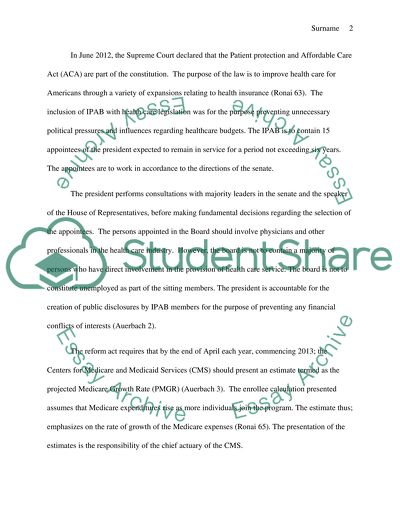Cite this document
(“Independent payment advisory board of the affordable care act Research Paper”, n.d.)
Retrieved from https://studentshare.org/health-sciences-medicine/1403178-independent-payment-advisory-board-of-the
Retrieved from https://studentshare.org/health-sciences-medicine/1403178-independent-payment-advisory-board-of-the
(Independent Payment Advisory Board of the Affordable Care Act Research Paper)
https://studentshare.org/health-sciences-medicine/1403178-independent-payment-advisory-board-of-the.
https://studentshare.org/health-sciences-medicine/1403178-independent-payment-advisory-board-of-the.
“Independent Payment Advisory Board of the Affordable Care Act Research Paper”, n.d. https://studentshare.org/health-sciences-medicine/1403178-independent-payment-advisory-board-of-the.


